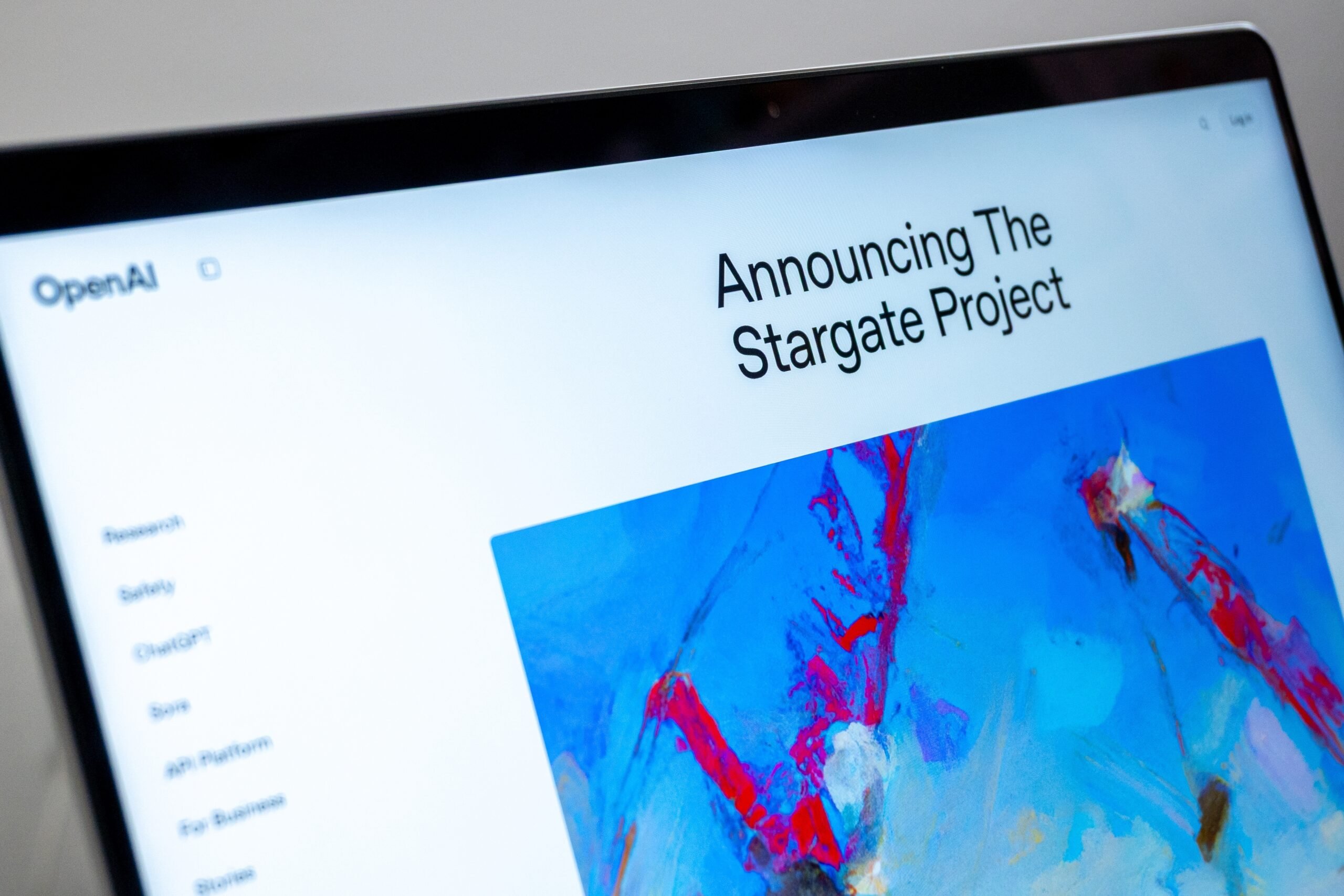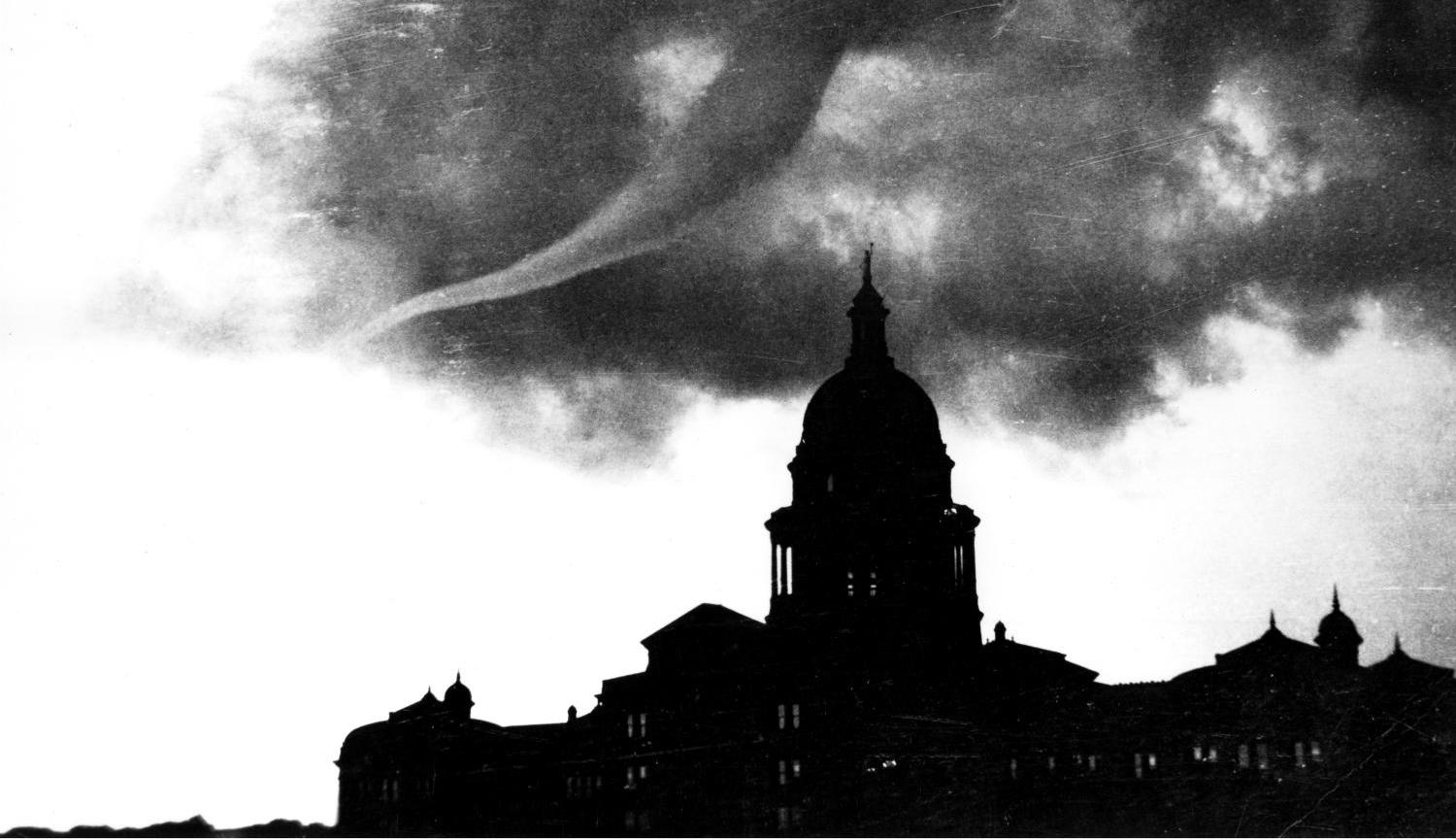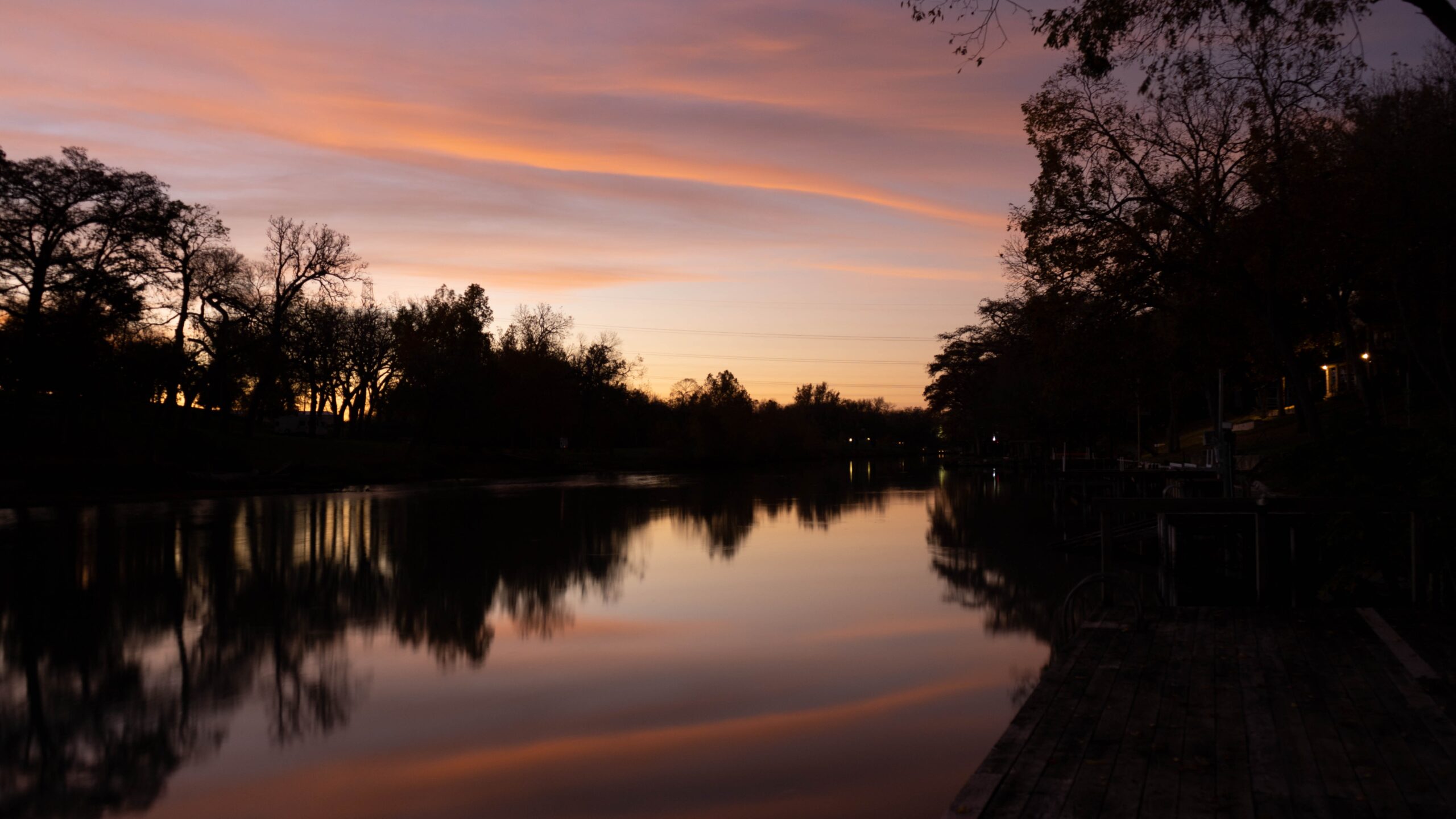ustxtxb_obs_2000_03_31_50_00036-00000_000.pdf
Page 22
Such flights of imagination are entertaining. But there is a common flaw in this kind of highway-guidebook style which Janice succumbs to, in that her sense of history becomes at times a bit blurred with the scenery shift. In “Feral” she identifies wild hogs along Highway 62 as being dumped “a generation ago” from “Georgia wagons swallowed by sand,” when in fact this particular highway has nothing to do with Georgia, but instead flings itself diagonally across the U.S. from the Texas Panhandle to Lake Erie, before leading into Canada. The closer-to-truth origin of the wild hog story comes in a later poem, “Bloodlines,” in which she struggles against her actual heritage: of East Texas fishheads on a fence whispering, “incest, idiots inside.” Just as Janice the woman has attempted to plant herself in the hard dry clay of West Texas, eschewing the fertile swamplands of her grandparents, the poet has also attempted to transplant stories from one geographical location to another. The result is a reflection of reality of the kind that stuffed jackrabbits sporting antlers are made of those outWest barroom artifacts first conceived to lure gullible travelers into stories which will last more than one drink in the telling. In the editorial preface, Robert Fink calls Janice’s voice that of the universal woman, but I find her poems more often contain the disembodied voice of modern, alienated souls rather than the ancient voice of tribal ancestors. No doubt, many of us have been affected by this divorce from our roots, not just military men and their progeny. The heritage is a life where all traditional rela tionships have become distanced. The husband is in a bar getting drunk while the wife struggles with another miscarriage loving moment between husband and wife comes when he is asleep, and she is lying in awake in bed appreciative of his presence beside her after absences \(“Sleeping separated from its mother’s milk by Plexiof family and kinship to wrap around a newborn and its mother. Instead, the process of birth and childrearing is seen as a journey out from the center, “forever tearmother becomes a “withered vine,” a woman reduced to a distant scolding voice and a presence most familiar in photographs. In this way, the poet can avoid the horror which her East Texas heritage has become to her, as one who has left and come back with an eyeful of urbanized and sophisticated prejudices against all that is the Deep South in America, with its woodlands and black swamp farming. Still, when her father dies, Janice travels far to take her place by his side. There she arrives at something closer to a universal place and voice: sitting with the women who mourn by the bedsides of dying soldiers. It is during her tour of duty on his hospital ward when she realizes that no amount of imagination or peering into photographs will ever help her cross the barrier of wartime experience between herself and her father, that the reality of her sex has relegated her instead to the company of Hags who have watched before, they click and rattle leather tongues; their shadows touch me in the light. “All the Watchers Are Women” /t is as if the military man’s body and its movements had become a wedge between his daughter’s brain lobes, sepa rating consciousness from nature, so that only after his passing can she begin to discover/remember herself at first to recoil from her own actuality, then finally to begin the long dig into grounding. By the end of her poetic cycle, she leads us to believe that with constant care even foreign seed planted in hard dry soil can grow and prosper. The message is spoken in a voice which might have begun at a disembodied distance but ends up speaking close and personal. The best of what poetry offers isn’t discovered in analyses of meter and scansion, but in how well and how long a heart can be opened to exposure. It is easy, in this circumstance, to spot the occasional flaw, clot, or congestion. I would rather simply thank the poet who opens herself up to such close scrutiny, and who reveals arterial highways where junctions are marked and turns are well-defined, guiding gypsies to make circles of themselves against the night. Pat LittleDog is the author of Border Healing Woman and In Search of the Holy Mother of Jobs. “Documented,” from page 32 reveal even more about its leading protagonists, George Stephanopoulous and James Carville. Carville obviously believes he is fighting the good and glorious shit-kickin’ fight, while his spin-sensitive colleague increasingly understands he’s in an apprentice league of show business. And Pennebaker and Hegedus’ Moon Over Broadway, about Carol Burnett’s semi-triumphant Broadway debut, amusingly reveals the inner politics of show business. Anne Lewis’ To Save the Land and People is a stately recollection of the shattered limbs of the Cumberland mountains, in eastern Kentucky. One after another blunt and fearless native Kentuckian explains unblinkingly how together they fought money and power, and how money and power won. On a more victorious \(and Live Nude Girls UNITE! chronicles explicitly and heroically the organizing drive of the nude dancers in San Francisco’s Lusty Lady Club. The combination of the dancers’ indefatigable, no-nonsense, pragmatic militance, Query’s novice but impeccable timing \(she’s a comedian and writer who must also “come out” as a stripper to and the undeniably erotic frisson, make the film as sprightly a documentary as you will see in a very long time. Plus, the women beat the bastards they win. I have no idea where they can actually show this film when it’s finally released this fall, but it’s an inspiration worthy of Lysistrata: No justice, no piece. PROTECT YOUR RIGHTS. Join the Texas Civil Rights Project $25 a year. Volunteers needed. 2212 E. MLK, Austin, TX 78702. 36 THE TEXAS OBSERVER MARCH 31, 2000


